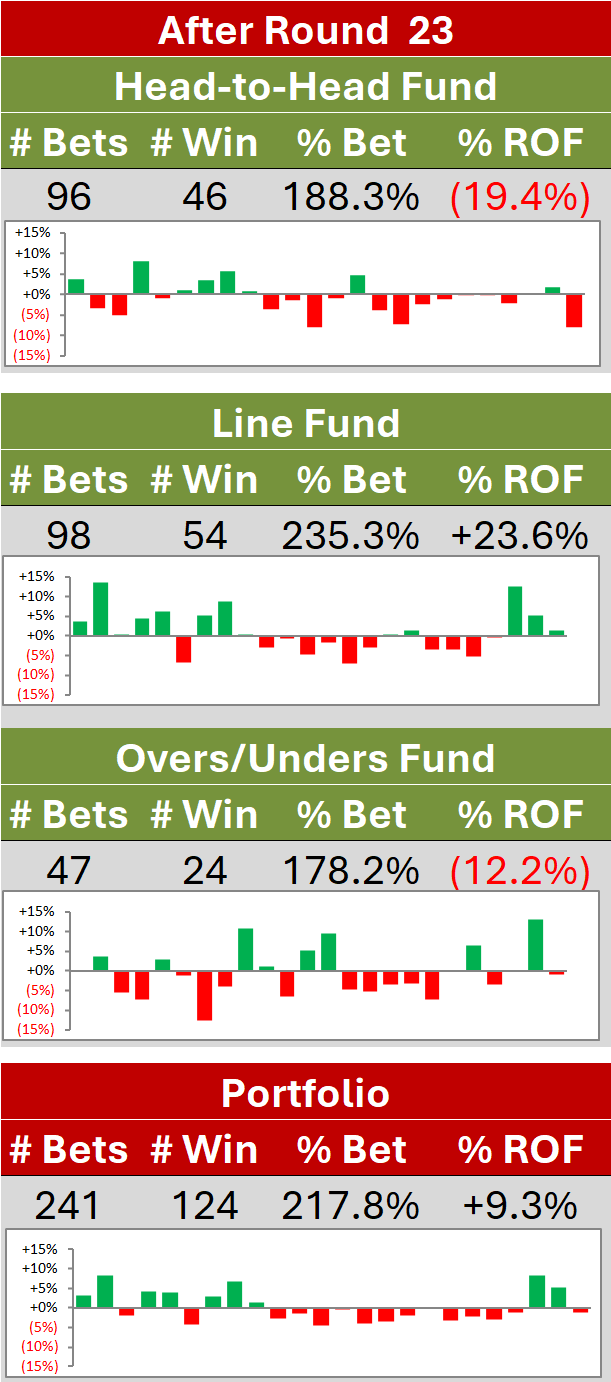Building Your Own Men's AFL Game Score Progression Simulator
/In this (long) blog I’ll walk you through the concepts and R code behind the creation of a fairly simple score progression simulator.
(There’s a link for you to download the entire code yourself at the end of the blog.)
All we’ll be interested in are “events” - period starts, period ends, goals and behinds - and the algorithm will determine for us, given the event that’s just occurred, what the next event is, and how far away in time it will take place.
To be able to do that, the first thing we’re going to need is some data about the typical time between events based on historical games, which we can obtain using the Swiss Army knife of footy data, the fitzRoy() R package.
Read More
